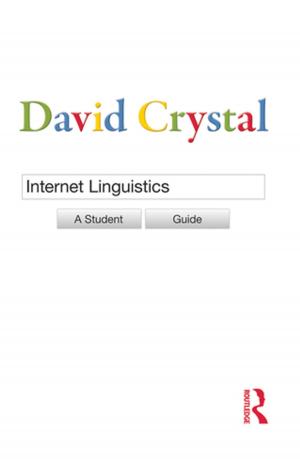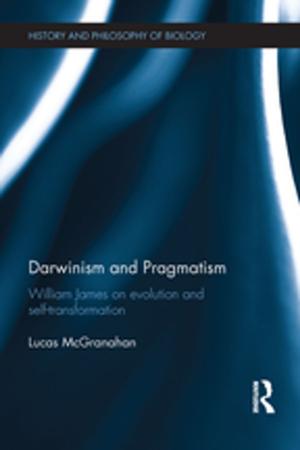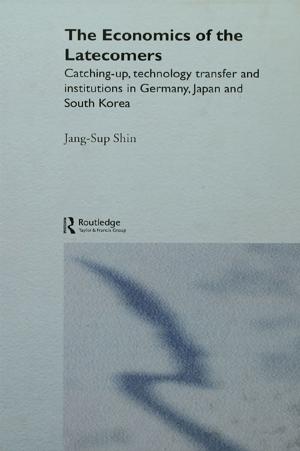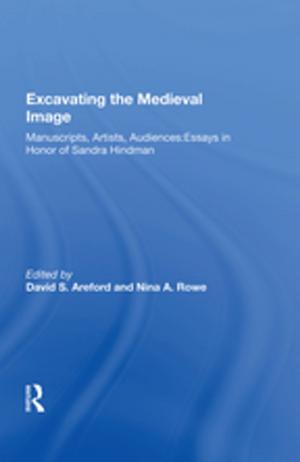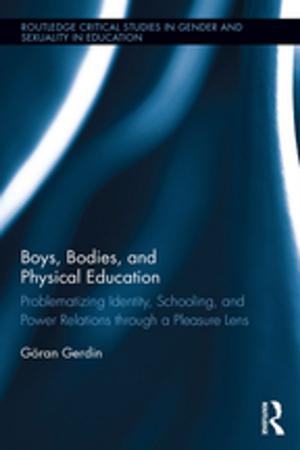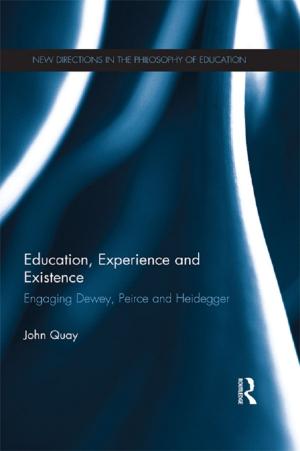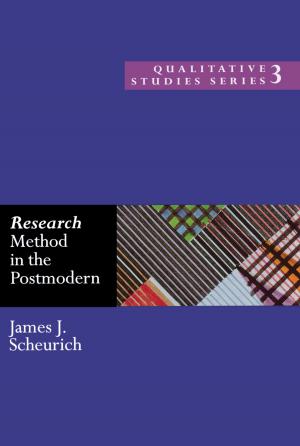Cinema and Inter-American Relations
Tracking Transnational Affect
Nonfiction, History, Americas, Central America, Art & Architecture, General Art, Art Technique| Author: | Adrián Pérez Melgosa | ISBN: | 9781136256981 |
| Publisher: | Taylor and Francis | Publication: | October 12, 2012 |
| Imprint: | Routledge | Language: | English |
| Author: | Adrián Pérez Melgosa |
| ISBN: | 9781136256981 |
| Publisher: | Taylor and Francis |
| Publication: | October 12, 2012 |
| Imprint: | Routledge |
| Language: | English |
Cinema and Inter-American Relations studies the key role that commercial narrative films have played in the articulation of the political and cultural relationship between the United States and Latin America since the onset of the Good Neighbor policy (1933). Pérez Melgosa analyzes the evolution of inter-American narratives in films from across the continent, highlights the social effects of the technologies used to produce these works, and explores the connections of cinema to successive shifts in hemispheric policy. As a result, Cinema and Inter-American Relations reveals the existence of a continued cinematic conversation between Anglo and Latin America about a cluster of shared allegories representing the continent and its cultures.
Pérez Melgosa contends that cinema has become a virtual contact zone of the Americas, mediating in a variety of hemispheric political debates about the articulation of Anglo, Latin American, and Latino identities. Cinema and Inter-American Relations brings sustained attention to ongoing calls for a transnational focus on the disciplines of film studies, American studies, and Latin American studies and engages with current theories of the transmission of affect to delineate a new cartography of how to understand the Americas in relation to cinema.
Cinema and Inter-American Relations studies the key role that commercial narrative films have played in the articulation of the political and cultural relationship between the United States and Latin America since the onset of the Good Neighbor policy (1933). Pérez Melgosa analyzes the evolution of inter-American narratives in films from across the continent, highlights the social effects of the technologies used to produce these works, and explores the connections of cinema to successive shifts in hemispheric policy. As a result, Cinema and Inter-American Relations reveals the existence of a continued cinematic conversation between Anglo and Latin America about a cluster of shared allegories representing the continent and its cultures.
Pérez Melgosa contends that cinema has become a virtual contact zone of the Americas, mediating in a variety of hemispheric political debates about the articulation of Anglo, Latin American, and Latino identities. Cinema and Inter-American Relations brings sustained attention to ongoing calls for a transnational focus on the disciplines of film studies, American studies, and Latin American studies and engages with current theories of the transmission of affect to delineate a new cartography of how to understand the Americas in relation to cinema.


